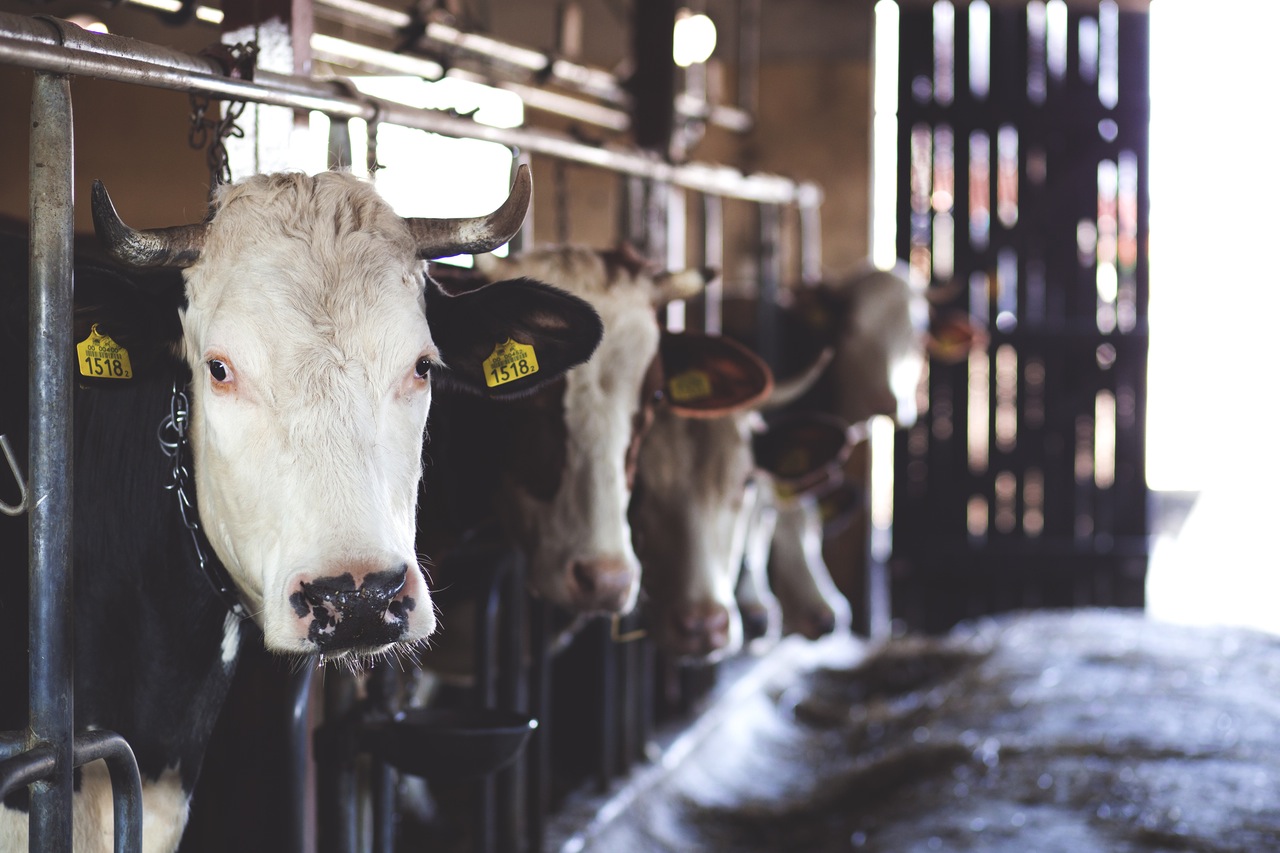Grabbing the Bull by the Horns: It’s Time to Cut Industrial Meat and Dairy to Save the Climate
Published: January 30, 2017
The most widely cited official estimate holds that the food system is responsible for up to 30 per cent of all greenhouse gas (GHG) emissions.[1] Some of these emissions are due to the growth of packaged and frozen foods, the increased distance foods are shipped and the rise in food waste. But the most important source of food system-related GHG emissions is the escalation of meat and dairy consumption—made possible by the expansion of industrial livestock and chemical-intensive feed crops. The UN Food and Agriculture Organisation (FAO) says meat production alone now generates more GHG emissions than all the world’s transport combined.[2]
There is no way the world can continue down this path without wildly overshooting the target, set by governments in Paris last year, of two degrees Celsius by 2050.[3] Cutting meat and dairy consumption is imperative, especially in the US, Europe and other wealthy countries that have subsidised industrial meat and dairy production for decades. These countries’ policies have generated astronomical profits for corporations and eroded the health of their citizens while worsening the climate.
Cutting consumption first requires understanding which meat and dairy production systems are most at fault, and the mechanisms and policies that prop them up. Herders in poor countries and small farmers practising diversified crop and animal production are not the problem. Factory farming—promoted by the industrial meat lobby, corporate subsidies and free trade agreements—is the real climate culprit.
Box 1. Added benefits of reducing meat and dairy consumption
In addition to reducing global greenhouse gas emissions, reducing consumption in the countries that currently eat too much meat and dairy could have significant health and social welfare benefits. One study shows that reducing meat consumption as a means of fighting climate change would also cut the risk of colon cancer, heart disease and lung disease worldwide by 34 per cent.[31] Another says it would reduce global mortality by 6 to 10 per cent by 2050, translating into a healthcare cost savings of US$735 billion per year.[32]
Other scientists point out that cutting meat and dairy consumption would cut infectious disease and reduce the emergence of antibiotic resistance, and have secondary effects as well.[33] One model shows that the worldwide adoption of a healthy diet could reduce mitigation costs for the energy sector by more than 50 per cent by 2050.[34] It would also free up land now used for animal feed production and, if combined with other policy measures, could help small farmers access much needed land.
The answer, quite simply, is yes. Decreasing meat and dairy consumption, especially in North America and Europe, would make a significant impact.
Like fossil fuel consumption, unsustainable meat consumption is driven primarily by rich countries. Countries like the US and Australia are the biggest consumers of meat worldwide with some 90 kg per person per year, followed closely by some countries in Latin America and the EU, Canada and Russia. In India it’s a mere 3 kg (see figure 1).[4] Compounding the disparity is the fact that a large share of US and European meat consumption is composed of beef, which emits far more GHG than pork or chicken. North America, the EU and Brazil together account for half of all beef consumed worldwide.[5]

